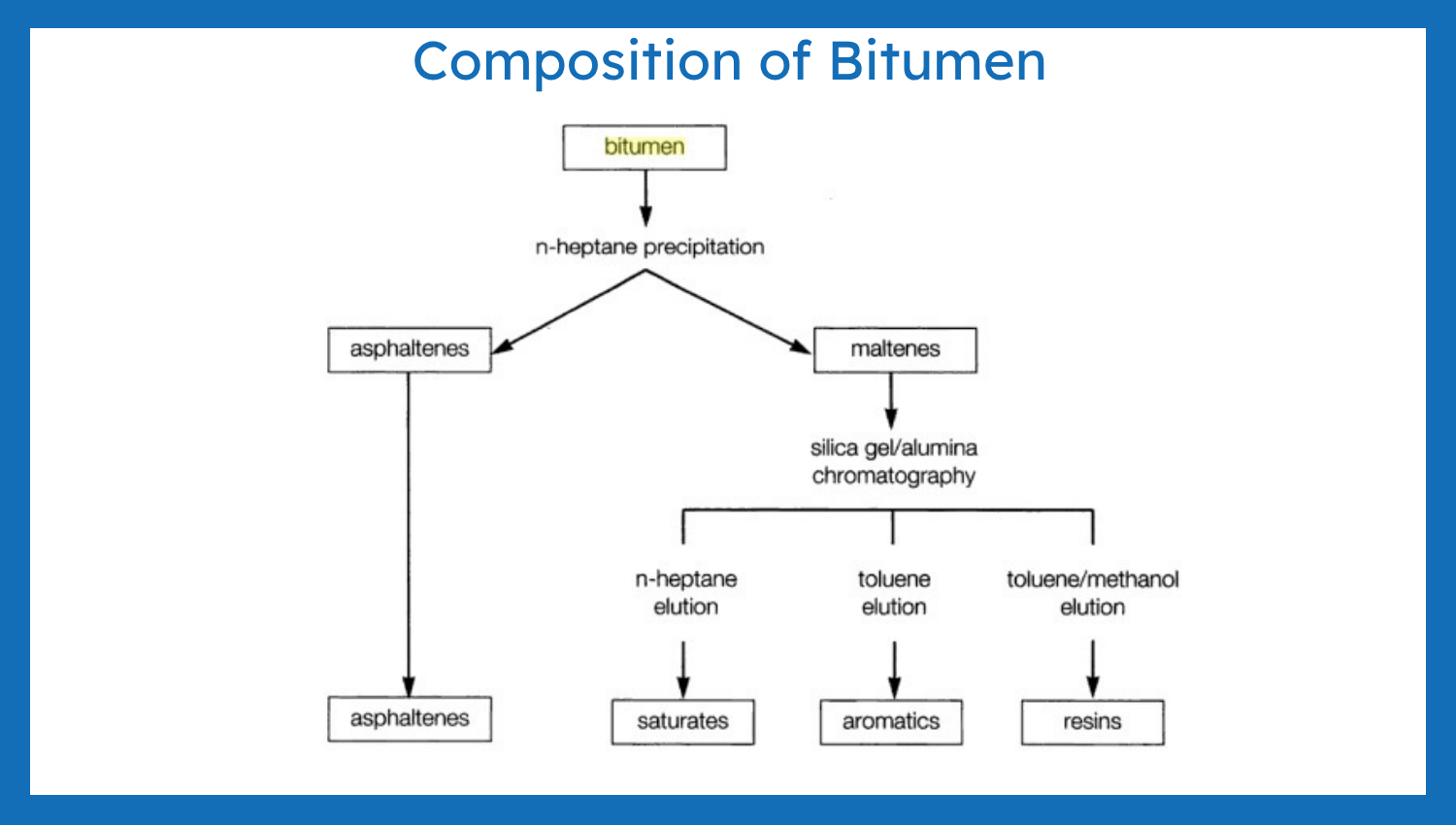Bituminous paint is a protective black color coating consisting of bitumen or coal tar. It is used on surfaces such as metal, concrete, and wood to make them waterproof. It also covers wood surfaces against moisture deterioration, rot, and insect attack. When cured, it gives a smooth, tough coating that is moisture-resistant, corrosion-resistant, and chemically resistant. Bituminous paint is commonly used in construction activities, marine works, and the coating of pipes. It sticks to surfaces well and is dried to a glossy finish. Its high protection and low price make it suitable for tanks, pipelines, and outdoor metal structures.
Here are the key properties of bituminous paint
| Property | Description |
|---|---|
| Type | Solvent-based protective coating made from bitumen |
| Finish | Glossy black or dark brown |
| Application Areas | Metal surfaces, concrete, wood, pipelines, underwater or buried structures |
| Durability | High resistance to moisture, corrosion, and weathering |
| Drying Time | 6–8 hours (touch dry), 24–48 hours (fully cured) |
| Coverage | 5–10 m²/litre per coat (varies with surface texture and porosity) |
| Cost | Moderate; economical for large-scale protection |
| VOC Content | Moderate to high (depends on solvent used) |
| Application Methods | Brush, roller, or spray |
| Availability | Commonly available in cans or drums |
| Color Options | Limited to black or dark brown |
| Shelf Life | 12–24 months (in sealed, cool, dry storage) |
Table of Contents
What are the Types of Bitumen Paint?
Here are the 5 main types of bitumen paint:
- Solvent-Based Bitumen Paint
- Water-Based Bitumen Paint
- Bitumen Emulsion Paint
- Rubberized Bitumen Paint
- Bitumen Aluminum Paint
Solvent-Based Bitumen Paint
Solvent-based bitumen paint is used well in industries such as construction on steel structures, pipelines, and foundations. It has a strong smell and requires solvent-based cleaners. It creates a durable, waterproof layer that is also resistant to corrosion, abrasion, and damage by chemicals.
Water-Based Bitumen Paint
Water-based bitumen paint is suitable for indoor applications or residential construction. It has a minimal smell, dries quickly, and is safer for indoor use. It is usually used on walls, garden fences, and wet basements. It has a non-toxic formula that can be handled and cleaned easily using water.
Bitumen Emulsion Paint
Bitumen emulsion paint applies fast and sticks to moderately wet surfaces. It is applied in curing concrete, retaining walls, and underground waterproofing. With its non-flammable composition and stable finish, it’s a safer alternative for exposed environments. It is used in areas that require quick drying and high water resistance.
Rubberized Bitumen Paint
Rubberized bitumen paint combines bitumen with rubber for extra flexibility. It is commonly applied on flat roofs, basement walls, and planter boxes. The rubber part guarantees long-term waterproof sealing and weather-resistant coating. It can withstand a mid-range of water pressure, UV rays, and is preferred due to its high resistance to leakage.
Bitumen Aluminum Paint
Bitumen aluminum paints produce a reflective silver film to lower heat absorption and protect metal surfaces. It can be used on the rooftop, ducts, and oil tanks in the sun. It is a UV-resistant paint that resists material degradation and rust. It is often applied as a type of overcoat over an existing bituminous coating to prolong coating life by 10 years and enhance heat management.
How to Apply Bitumen Paint?
Here are the 2 main steps for applying bitumen paint:
- Surface Preparation
- Application Methods & Drying Time
Surface Preparation
Clean the surface to remove dust, oil, rust, or loose particles. Make sure it is dry and smooth. On metal, clean with a wire brush; for concrete, ensure it is free of moisture before painting.
Application Methods & Drying Time
Apply bitumen paint through a brush, roller, or spray. Mix the paint thoroughly before use. There are normally two coats required for durability. Allow 2 to 4 hours of drying time between coats, depending on temperature and humidity. It can require up to 24 hours of full curing.
FAQs
Can You Paint Over Bitumen?
Yes, you can paint over bitumen, but using specific paints like aluminum-based bitumen paint, acrylic latex, or oil-based paints. Water-based or acrylic paints do not stick properly and can peel or crack with age.
Is Bitumen Paint Toxic?
Yes, it can be toxic during application due to dangerous fumes, and needs to be applied in an open environment. It usually becomes safe when fully cured. Read the safety label of the product for safety.
How Long Does Bitumen Paint Last?
Bitumen paint has a life of about 5 to 10 years, depending on the type of surface, weather conditions, and exposure. Its protective capability can be extended by regularly checking to see when it needs reapplication in case of cracks, damage, etc.
Can Bitumen Paint Be Used on Wood?
Yes, the bitumen paints protect wood against moisture, rot, and insects. It is commonly applied to outdoor woodwork such as fences or sheds. Always apply to clean and dry wood.
How to Remove Bitumen Paint?
Take a bitumen remover or solvent such as white spirit or kerosene. Brush or apply with a cloth and scrub well. Heat treatment or professional cleaning can be required for thick layers.

